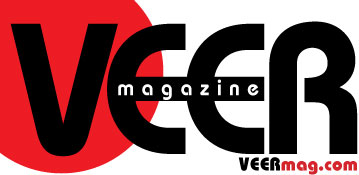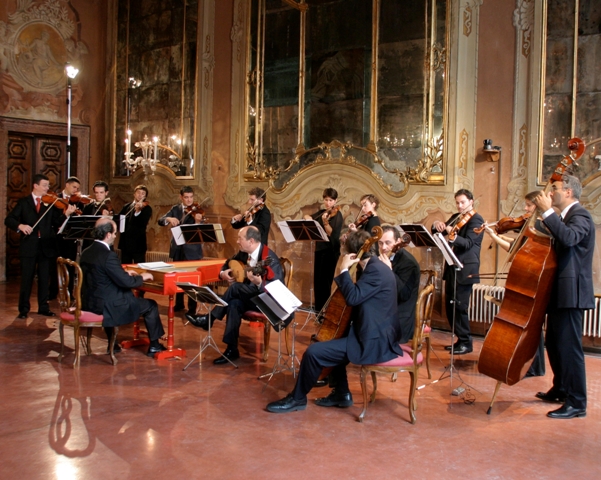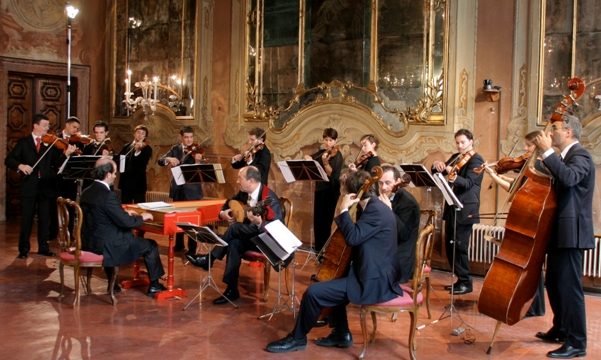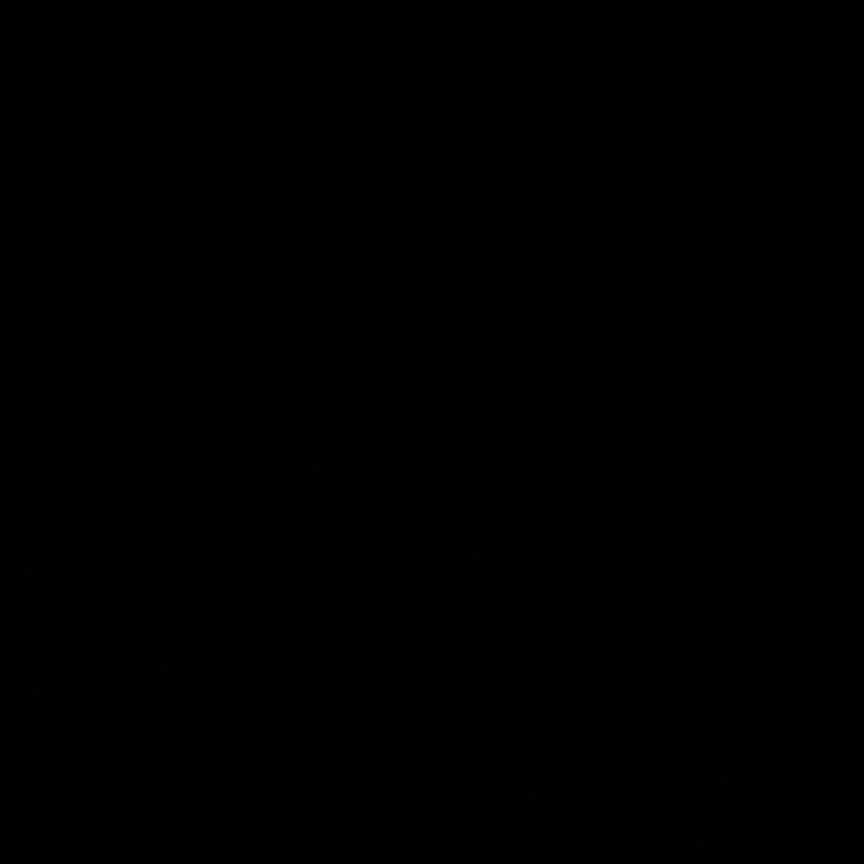By Montague Gammon III
The Venice Baroque Orchestra will bring the still-fresh Italian and German music of three and four centuries ago to Norfolk this year, mixing familiar composers such as Bach, Vivaldi and Handel with the lesser known Geminani, Corelli and Veracini for a concert at the Virginia Arts Festival’s downtown Norfolk Robin Hixon Theater.
The VBO has been touring the world since 1997 under the continuing direction of founder, conductor, harpsichord and organ artist Andrea Marcon, winning praise for “tearing the powdered wig off this music once and for all,” as the Washington Post put it, in lively concerts that still maintain fidelity to the original scores.
“We don’t want to add anything to the music,” said BVO violist and founding member Alessandra DiVincenzo, who compared the re-creation of Baroque compositions to the restoration of great paintings. “The energy comes from the music itself and from us because we enjoy very much playing together.”
The Orchestra “discovers something new every day” in the music, while bringing back to life works “after many years of silence,” she said.
What they have “revealed is breathtaking,” the Post has said.
As if in answer to misperceptions about periwigged composers, the concert’s eight short works offer much that is as spritely and lively as many rock songs (while being vastly more subtle). Pieces that seem soothingly languorous can become stirring, and as in the concert opening Veracini Ouverture VI in G minor, or the Corelli and Vivaldi pieces that follow it, an interplay between the determined energy of the firm and stately with the vivacity of the quick paced and rhythmically captivating is the norm.
The Orchestra plays either authentic period instruments or faithful reproductions, but being faithful to the recaptured artistry of centuries gone by does not preclude a unique sort of innovation.
Venice Baroque’s recorder player, Anna Fusek, has arranged two movements by Antonio Vivaldi and one by Johann Sebastian Bach to create a new Concerto in G minor.
Though the concert will be dominated by the Italian music on which the Orchestra concentrates, that most familiar of Baroque composers thus gets something of his due, if only when conjoined with an Italian. The likewise German born, then naturalized British citizen George Frederick (or Georg Friedrich or Frideric) Handel is twice featured.
Handel’s Chaconne from “Terpsichore”, HWV 8b, originally composed as a ballet/prologue for his opera Il Pastor Fido – The Faithful Shepherd – opens the second half of the program with an ideal display of the delicate and entrancing intricacies available to the harpsichord artist.
The opening bars of his Concerto grosso in B flat major, Op. 3, n. 2, HWV 313, might well have been written to awaken somnolent audience members, before the wind players take flight as gracefully as have any swans.
The last piece on the program is Francesco Geminiani’s Concerto grosso in D minor “La follia” (after A. Corelli Op. V n.12), which Ms. DiVencenzo feels is the “most beautiful” work of the eight. A virtuoso violinist himself, Geminiani wrote pieces that were regarded as pioneering and supposedly was termed “The Madman” for his exuberant playing. “La follia” translates at “The madness.” Apparently he did not lack for a self-deprecating sense of humor.
Ms. DiVencenzo also spoke of the dialogue that occurs between the various soloists and the orchestra. When relatively unfamiliar works such as those featured in the Venice Baroque’s repertoire are played to modern audiences, there is another sort of communication occurring: the revelation of beautiful creations from times gone by, still unblemished and as clearly expressed as they would be if the composers were our contemporaries.
WANT TO GO?
Venice Baroque Orchestra
Virginia Arts Festival
Robin Hixon Theater, Clay and Jay Barr Education Center
440 Bank Street, Norfolk
April 14, 7:30 p.m.
757282-2822





